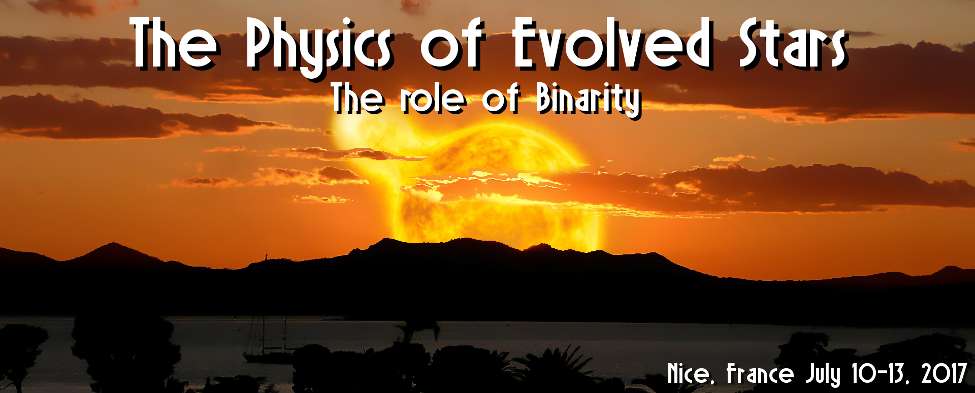We present here new extremely sharp images of the closest Be star Achernar, showing the disk-forming gaz disk associated to the emission-line phase of the star, over a period of only 4 years. For that, we used the Very Large Telescope Interferometer (VLTI) and state-of-the-art imaging tools to reveal the existence of this faint (few %) and tiny (~2 stellar radii) disk. This is the first time such a disk-formation has been directly imaged in a Be star, directly confirming that the emission lines which form in the spectrum of Be stars periodically are correlated with the formation of an equatorial gaz disk. Our model-independent size estimation of the H-band continuum contribution is compatible with the presence of a circumstellar disk, which is in good agreement with predictions from Be-disk models.

|
|
|
|
Firsthand witnessing disk-formation around a Be star
1 : Laboratoire Lagrange, UMR7293, Université de Nice Sophia-Antipolis, CNRS, Observatoire de la Côte d'Azur
CNRS : UMR7293
2 : lagrange
Observatoire de la Cote d'Azur
3 : Universidad de Chile [Santiago]
-
Website
v. Libertador Bernardo O'Higgins 1058, Santiago -
Chile
4 : Laboratoire d'études spatiales et d'instrumentation en astrophysique
(LESIA)
-
Website
Observatoire de Paris, CNRS : UMI3386
5, place Jules Janssen 92190 MEUDON -
France
5 : European Southern Observatory
* : Corresponding author
|
| Online user: 1 | RSS Feed |

|
 PDF version
PDF version